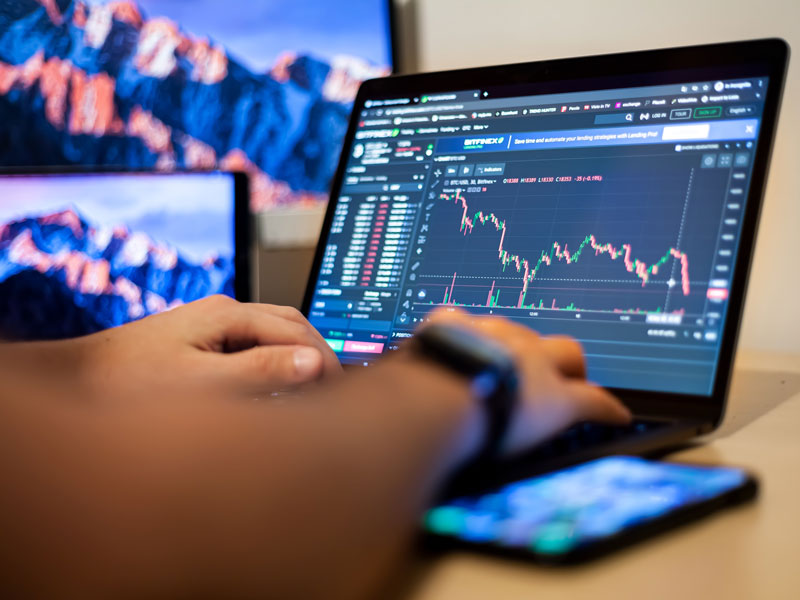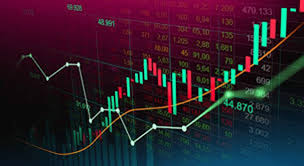
Learn Forex Trading Step by Step
Forex trading can seem daunting to beginners, but with the right approach and resources, you can master this skill. Whether you want to trade full-time or just as a hobby, understanding the fundamentals of forex trading is crucial. This guide will walk you through the steps necessary to learn forex trading effectively, including essential strategies and resources. You can also find the learn forex trading step by step Best Vietnamese Brokers to get started.
Understanding the Basics of Forex Trading
Before diving into forex trading, it’s essential to comprehend the basics. Forex, short for foreign exchange, is the global marketplace for trading national currencies against one another. The market operates 24 hours a day, five days a week, enabling you to trade anytime. Here are some vital concepts to understand:
- Currencies: Currencies are traded in pairs (e.g., EUR/USD), where one currency is compared against another.
- Exchange Rate: The value of one currency against another, which fluctuates based on market conditions.
- Pips: The smallest price move in forex trading, typically the fourth decimal place in a currency pair.
- Leverage: Allows traders to control larger positions with a smaller amount of capital.
Step 1: Setting Up Your Trading Account
The first step in your forex trading journey is to set up a trading account with a reliable broker. Here’s how:
- Research Brokers: Investigate various brokers and their offerings, including spreads, commissions, and trading platforms.
- Open an Account: Once you’ve selected a broker, follow their account setup process. You’ll typically need to provide personal information and identification documents.
- Fund Your Account: Deposit a starting amount that you’re comfortable risking in trades. Ensure that you’re aware of the broker’s funding and withdrawal policies.
Step 2: Learning Trading Strategies
Now that your account is set up, it’s time to learn various trading strategies. Here are a few popular ones:
- Day Trading: Involves executing multiple trades within a single day to capitalize on small price movements.
- Swing Trading: Focuses on taking advantage of price swings over several days or weeks.
- Scalping: A quick trading style aiming for small profits on small price changes.
Each strategy has its risks and might suit different kinds of traders. It’s advisable to practice these strategies in a demo account before using real money.
Step 3: Technical and Fundamental Analysis
Understanding market analysis is vital for successful trading.
Technical Analysis

This method involves analyzing price charts and indicators to predict future price movements. Key tools include:
- Candlestick Patterns: Visual representations of price movements help traders spot potential reversals.
- Moving Averages: Smooth out price data to identify trends over a specific period.
- Relative Strength Index (RSI): A momentum indicator that measures the speed and change of price movements.
Fundamental Analysis
Fundamental analysis focuses on economic indicators and news events that affect currency strength. Key factors to consider include:
- Interest Rates
- Economic Growth Reports
- Political Stability
Understanding both analyses will provide you with a well-rounded approach to making trading decisions.
Step 4: Risk Management
Risk management is a crucial element of successful forex trading. You must protect your capital while still enabling the potential for profit.
- Setting Stop-Loss Orders: Automatically closes a trade at a predetermined loss limit.
- Position Sizing: Adjust the amount of money you risk on each trade based on your overall account size and risk tolerance.
- Diversification: Avoid putting all your capital into a single trade or currency pair to minimize risk.
Step 5: Practice on a Demo Account
Most brokers offer demo accounts, which allow you to practice trading without risking real money. Use this feature to become familiar with the trading platform and refine your strategies. This step is vital for building confidence and understanding how the market works in real-time.
Step 6: Start Trading Live
Once you feel comfortable with your skills and strategies, it’s time to start trading with real money. Begin with a small amount to minimize risk and gradually increase your investment as you gain more experience.
Continuous Education and Improvement
The forex market is constantly evolving, so ongoing education is necessary. Consider attending webinars, enrolling in trading courses, and following market news. Joining trading communities or forums can also provide support and insights.
Conclusion
Learning forex trading can be a rewarding endeavor, provided you approach it systematically and continually seek knowledge. Remember to practice risk management and never trade with money you cannot afford to lose. With dedication and the right strategies, you can become a successful forex trader.